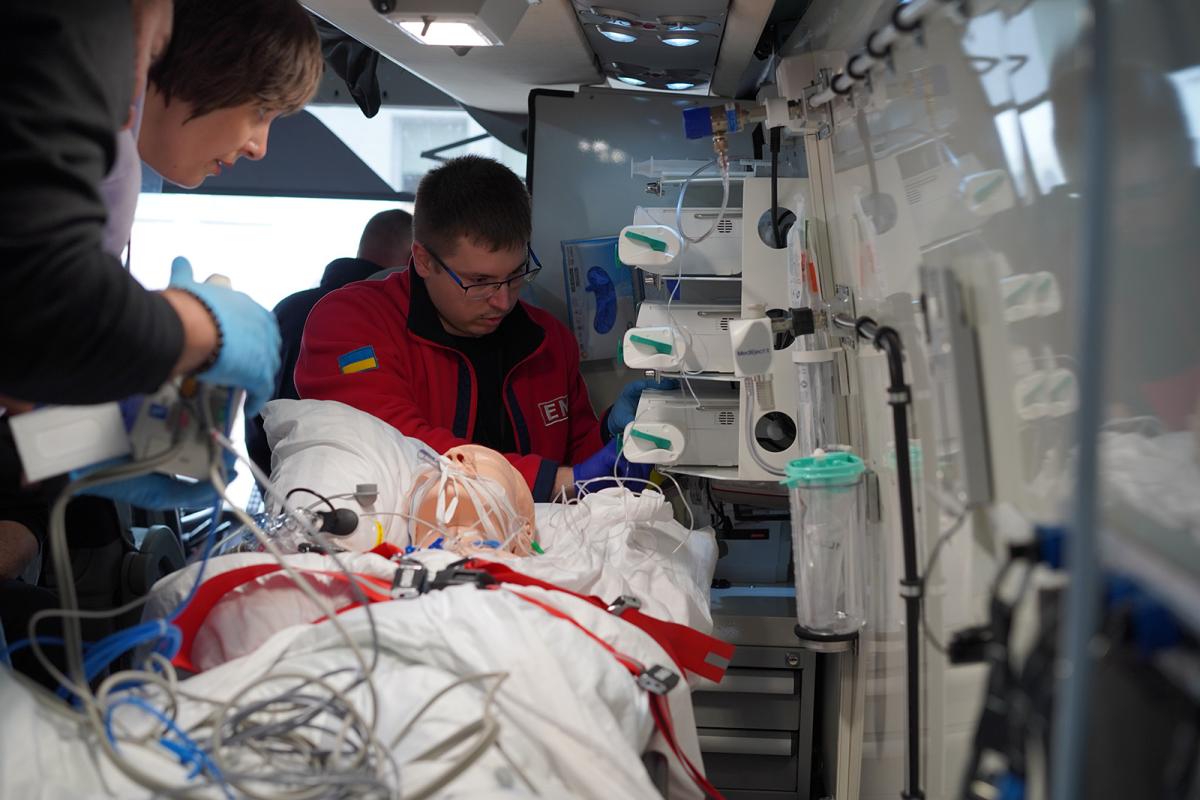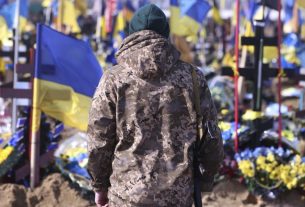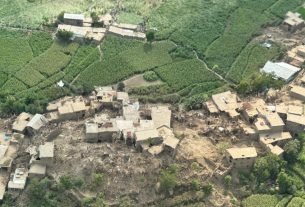The hospital bed in the middle of the room is surrounded by beeping machines and blinking monitors. Two paramedics lift the patient onto a stretcher and swiftly push it out the door. Outside, ‘Sophia’ is waiting.
‘Sophia’ – wisdom in Greek – is one of 5 fully equipped ambulance buses that will go to different parts of Ukraine. They have been contributed by Norway and are delivered via the EU Civil Protection Mechanism.
Doctors, nurses, paramedics, and ambulance drivers are trained in Rzeszów, south-eastern Poland, some 100 kilometres from the Ukrainian border, on transferring patients from hospital beds to medical evacuation bus ‘Sophia’.
© European Union, 2023 (photographer: Lisa Hastert)
The first bus was delivered on the Ukrainian day of independence, 24 August, and the last one reached its destination in early 2023.
“In our region, we have a lot of wounded people now. It’s very difficult. There is not enough space if the wounded keep coming, coming, coming,” explains Lena, a 28-year-old anaesthesiologist.
She is among the medical staff from Kharkiv who participates in a 4-day handover training at the EU Medevac Hub in Poland before they take this ambulance bus home.
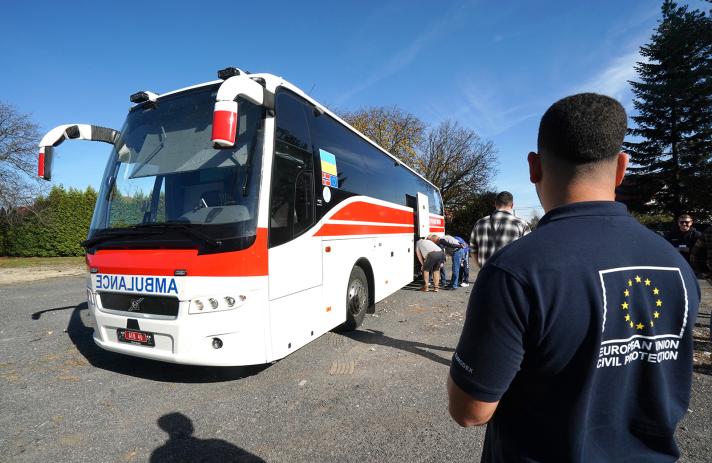
Medical evacuation bus ‘Sophia’ is one of 5 fully equipped ambulance buses that will go to different parts of Ukraine as part of a major contribution from Norway.
© European Union, 2022 (photographer: Janek Skarzynski)
The ambulance buses will help transfer patients from one hospital to another inside Ukraine or across the border to Poland. There, an EU medical evacuation hub has been set up to send patients swiftly and safely to hospitals across Europe to relieve the growing burden on Ukraine’s overstretched medical system.
The buses are an alternative to the railway network in case it is damaged by fighting and allow the medical team to care for more patients with less personnel. A regular ambulance is staffed with a driver, a doctor, and a nurse or paramedic, leaving only space for one ICU patient in the car.
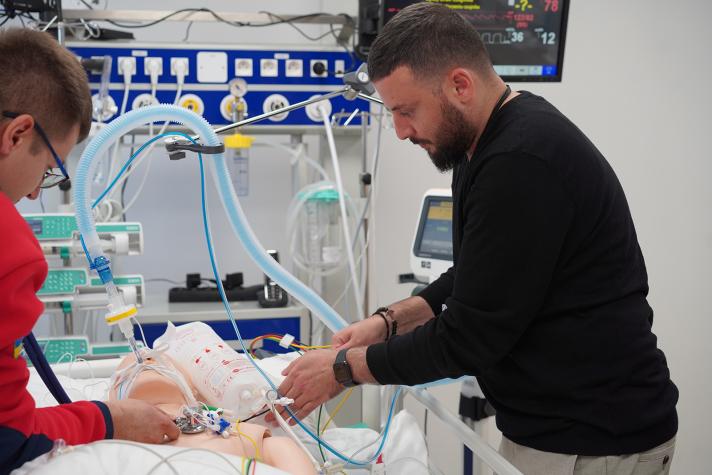
“Since the war started, we have had 24-hour shifts.” 28-year-old Ahmad from Deir ez-Zor, Syria, came to Ukraine to study medicine in 2006. Kharkiv, where he works in an ambulance, has since become his second home.
© European Union, 2022 (photographer: Lisa Hastert)
“Depending on the staffing and equipment you put on the bus, you can use it for anything from long-range transport with 6 stretchers to a dedicated mobile intensive care unit that can transport the most critically ill or injured patients,” says Gunnar Farstad, a Norwegian specialist in anaesthesiology with more than 25 years of experience in emergency medical services. He was part of the team that developed the evacuation bus.
“I think it is important that the countries in Europe do all we can to support Ukraine in this situation because they are bearing the brunt of defending themselves against unacceptable aggression,” Gunnar Farstad, Norwegian specialist in anaesthesiology.
“We are providing Ukraine with vehicles and a set of equipment that we have decided is sensible in discussions with the Ukrainians,” explains Gunnar. “The buses are delivered through the EU Civil Protection Mechanism. EU resources have been involved in the planning and the process all along.”
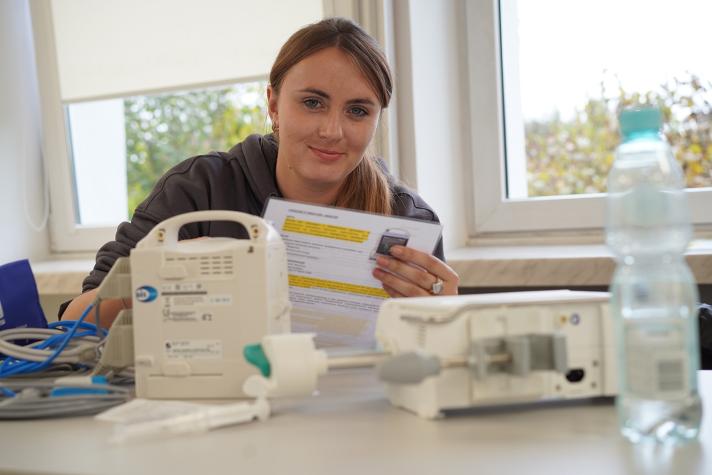
“This bus will be really good for us. We will need less personnel to care for more patients,” explains Lena, a 28-year-old anaesthesiologist from Kharkiv.
© European Union, 2022 (photographer: Lisa Hastert)
Story by Lisa Hastert, Regional Information Officer Türkiye, Ukraine, Southern Caucasus and Western Balkans, EU Civil Protection and Humanitarian Aid Operations.
Publication date: 27/01/2023
